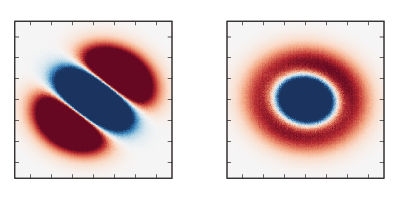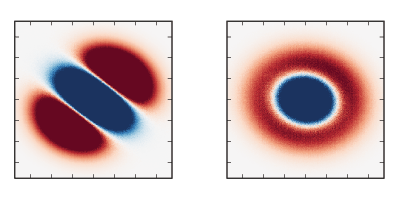Entangled Static
Entanglement is a correlation between particles that ties together their quantum states. Usually physicists take great care to create pairs of entangled particles. But surprisingly, entanglement can appear spontaneously in seemingly random noise. An experiment with a simple quantum conductor at low temperature demonstrates the presence of entanglement in the electrical noise of the system.
Electrical currents constantly fluctuate in time, and this changing current produces electromagnetic waves (photons) that travel along the wires. In most cases, these photons have a classical (blackbody) distribution, but experiments at low temperatures have shown that the photons can have nonclassical statistics, suggesting that the photons are generated in pairs.
Jean-Charles Forgues and his colleagues from the University of Sherbrooke in Canada investigated the nonclassical statistics of “noise-based” photons emitted by a tunnel junction cooled to just above absolute zero ( millikelvin). A tunnel junction consists of two conductors separated by a thin insulator barrier through which electrons have to quantum mechanically tunnel. The team drove current through the junction by applying a voltage that oscillated at a microwave frequency of gigahertz, and they analyzed the resulting noise in the current at two frequencies, and , whose sum equaled gigahertz. The researchers identified correlations in the phase between the photons at and . The team tested whether these correlations obeyed a certain Bell inequality, which is a statistical measure that says whether or not entanglement is present. The results implied that photons emitted at and are entangled and therefore could be used for quantum cryptography or other quantum information applications.
This research is published in Physical Review Letters.
–Michael Schirber





